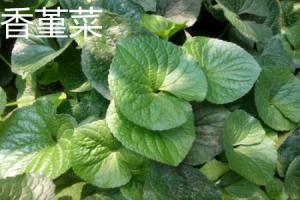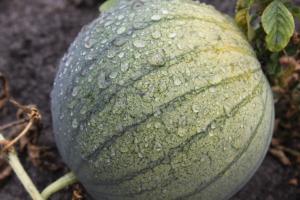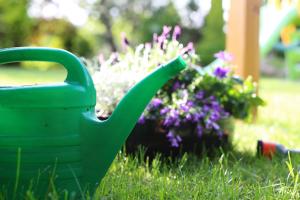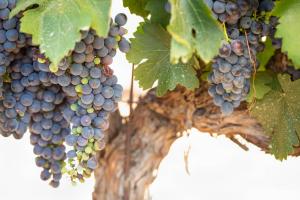1. Cutting
Cutting is limited by season. Generally, we choose June and July. The specific steps of this method are complicated. First, we need to screen the branches we will use. We should choose semi mature branches, and the branches must be soft. The branches can't be too long, just 12 to 15 centimeters
Pruning also needs to be done. We need to remove the leaves at the bottom and leave only two to three leaves. There is no need to keep too many leaves on the top, just keep half of them
In addition, we also need to treat it with reagent. The reagent is 0.8% indole butyric acid for two or three seconds
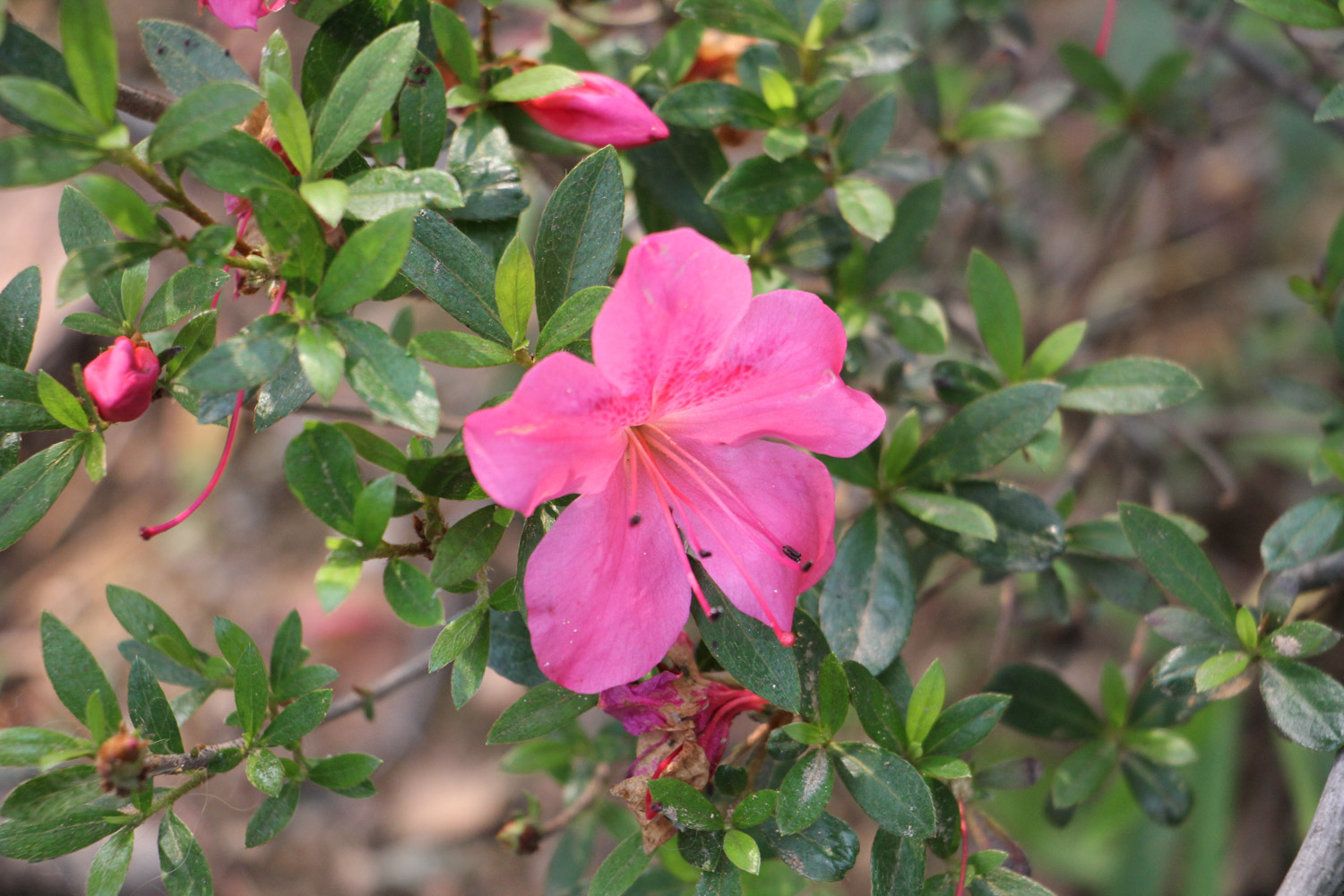
2. Batten
For layering, the mature branches should be selected, preferably those that have grown for two to three years, and then the skin should be peeled off 20 or 30 cm below the top. The width of the removed skin is about 2cm, and then we need to wrap it. The soil used for binding needs to contain rotten leaves, and at the same time, we need to use film to fix them, so that we can wrap them well
There are also suitable months for strip pressing. According to experience, we generally carry out such activities in April and may. The way of strip pressing here is called high-altitude strip pressing
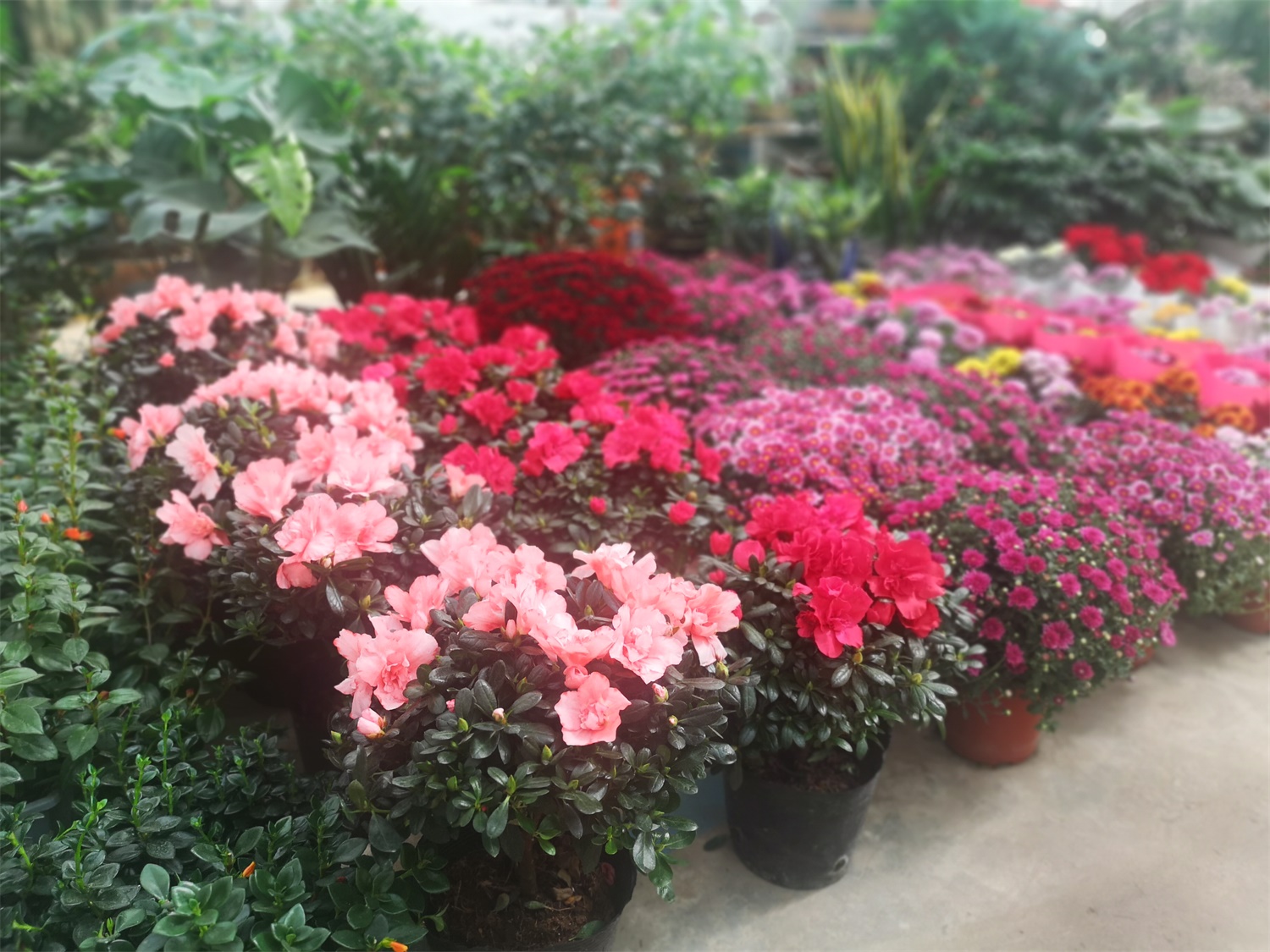
3. Sow
Like rice planting, it starts to be different in season, but has its own suitable sowing time, generally around April. The temperature and humidity at this time are more suitable for seed germination. In particular, the temperature is just between 20 ℃ and 24 ℃, which is just at the best germination temperature of its seeds
The way of planting is also different from that of rice. We adopt pot sowing indoors, which is also convenient for moving after growing
The time of sprouting does not need to be too long. You can see the sprout as long as you fill it ten to fifteen times after sowing. Of course, the growth of seedlings is extremely slow, so we need to be patient
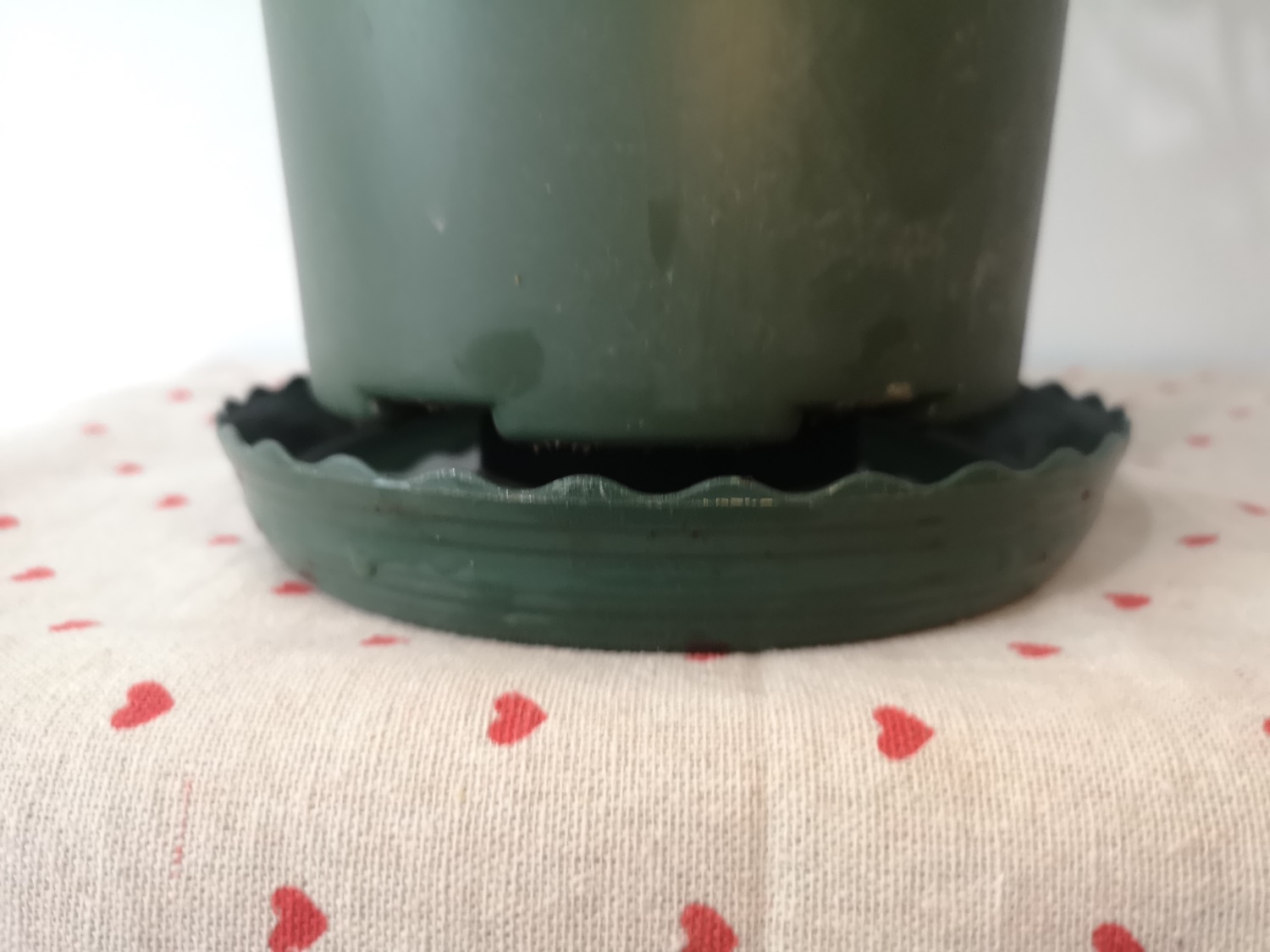

 how many times do yo...
how many times do yo... how many planted tre...
how many planted tre... how many pine trees ...
how many pine trees ... how many pecan trees...
how many pecan trees... how many plants comp...
how many plants comp... how many plants can ...
how many plants can ... how many plants and ...
how many plants and ... how many pepper plan...
how many pepper plan...